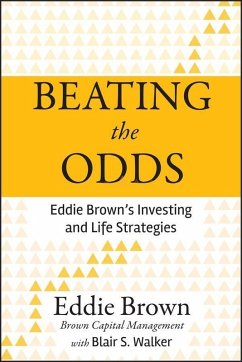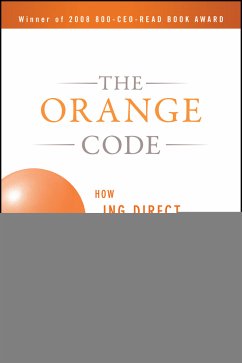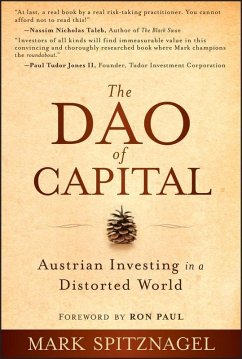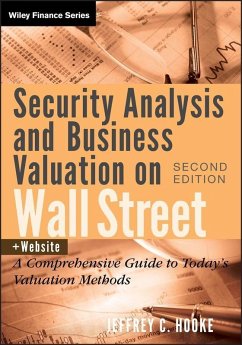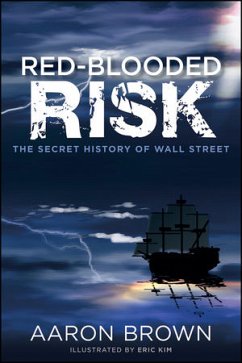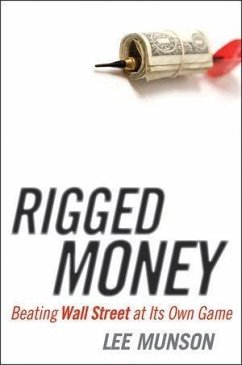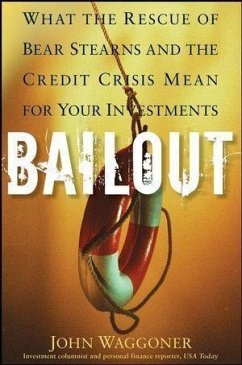
Red-Blooded Risk (eBook, ePUB)
The Secret History of Wall Street

PAYBACK Punkte
0 °P sammeln!
An innovative guide that identifies what distinguishes the best financial risk takers from the rest From 1987 to 1992, a small group of Wall Street quants invented an entirely new way of managing risk to maximize success: risk management for risk-takers. This is the secret that lets tiny quantitative edges create hedge fund billionaires, and defines the powerful modern global derivatives economy. The same practical techniques are still used today by risk-takers in finance as well as many other fields. Red-Blooded Risk examines this approach and offers valuable advice for the calculated risk-ta...
An innovative guide that identifies what distinguishes the best financial risk takers from the rest From 1987 to 1992, a small group of Wall Street quants invented an entirely new way of managing risk to maximize success: risk management for risk-takers. This is the secret that lets tiny quantitative edges create hedge fund billionaires, and defines the powerful modern global derivatives economy. The same practical techniques are still used today by risk-takers in finance as well as many other fields. Red-Blooded Risk examines this approach and offers valuable advice for the calculated risk-takers who need precise quantitative guidance that will help separate them from the rest of the pack. While most commentators say that the last financial crisis proved it's time to follow risk-minimizing techniques, they're wrong. The only way to succeed at anything is to manage true risk, which includes the chance of loss. Red-Blooded Risk presents specific, actionable strategies that will allow you to be a practical risk-taker in even the most dynamic markets. * Contains a secret history of Wall Street, the parts all the other books leave out * Includes an intellectually rigorous narrative addressing what it takes to really make it in any risky activity, on or off Wall Street * Addresses essential issues ranging from the way you think about chance to economics, politics, finance, and life * Written by Aaron Brown, one of the most calculated and successful risk takers in the world of finance, who was an active participant in the creation of modern risk management and had a front-row seat to the last meltdown * Written in an engaging but rigorous style, with no equations * Contains illustrations and graphic narrative by renowned manga artist Eric Kim There are people who disapprove of every risk before the fact, but never stop anyone from doing anything dangerous because they want to take credit for any success. The recent financial crisis has swelled their ranks, but in learning how to break free of these people, you'll discover how taking on the right risk can open the door to the most profitable opportunities.
Dieser Download kann aus rechtlichen Gründen nur mit Rechnungsadresse in A, B, BG, CY, CZ, D, DK, EW, E, FIN, F, GR, HR, H, IRL, I, LT, L, LR, M, NL, PL, P, R, S, SLO, SK ausgeliefert werden.



